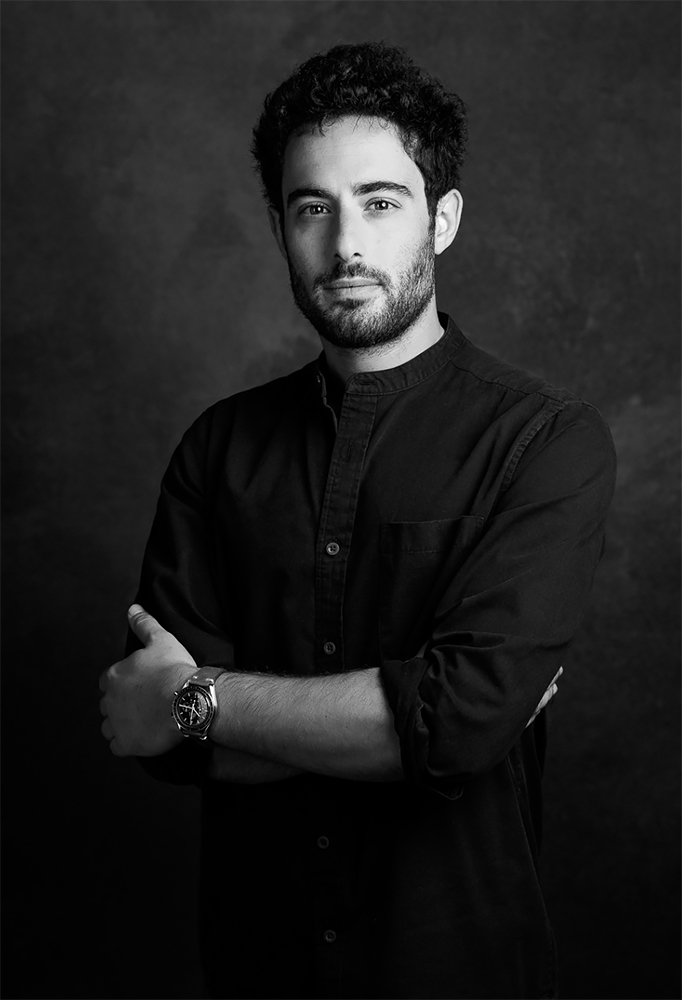Benjamin Hoffman is a documentary filmmaker and a photographer with a journalistic education and background. He is mainly focused on documenting issues related to cultural migrations and population displacements.
He has published several photography books, Beta Israël, the Remnant of Ethiopian Jewry (2012), Testament Manouche (2016), Au Bord (2018), Farewell Cape Town (2019) and The Bay (to be published in 2020).
Benjamin Hoffman is also the founder and curator of the
Studio Kameni project that aims to explore, discover and give new life to photographic archives of the Cameroonian photographer Michel Kamni.
